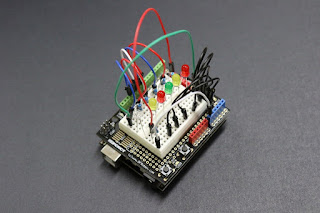Fig 1 set of tools for cutting and shaping installation wires.
a - boxers' needle-nose pliers, b - end cutters, c - notched pliers, d - uncut pliers, e - round-nose pliers with long and thin jaws, e - round-nose pliers with strong sponges, g - surgical tweezers, h - watch tweezers, and - scissors
Side-cutting pliers (Fig. 1, a) are designed for cutting assembly wires with a cross section of up to 0.75 mm ', they are made of U8A tool steel with subsequent heat treatment of the cutting part. Side cutters can cut wires up to 2 mm in diameter.
It is recommended to cut wires of larger diameter with end cutters (Fig. 1, b). They are less convenient for installation work, since their cutting edges are located at right angles to the plane of the handles, but are more durable. Side and end cutters are used from, as a rule, the same length - 150 mm.
Some needle nose pliers are equipped with a measuring bar and a trap. A measuring strip, fixed on the outside of one of the jaws with a screw, allows you to cut the wires to the specified size. The design of the pliers makes it possible to adjust the length of the wire in the range of 0 - 25 mm.
Side cutters (side cutters) with a trap are intended for cutting the ends of wires when working inside the devices. The use of a trap cutter prevents wire cuttings from entering the device.
When cutting, the cut end of the wire is pinched by springy plates fixed on the jaws of the nippers, and if it is less than the distance between the plates and the cutting edges of the jaws, it falls into the cavity formed by the plates and jaws. When spreading the sponges, the trimmed part is discarded.
Pliers with strong jaws (Fig. 1, c) and a notch on them are intended for bending the ends of wires and obtaining leads of a complex configuration when soldering petal contacts during the installation of electronic equipment. The dimensions of the working part of the jaws determine the minimum dimensions of the forming elements. In addition, pliers are used with thinner and narrower jaws without a notch (Figure 1, d). They are designed to bend bare wires so as not to damage their surface.
Pliers designed for shaping and cutting wires are used for stepped bending of tinned ends of mounting wires with a cross-section of up to 0.5 mm 'with simultaneous cutting when preparing them for desoldering onto the petal terminals of electric radio elements. With pliers of three standard sizes, you can bend wires at distances of 4, 3 and 1.5 mm from the point of cutting with the corresponding minimum possible distance of the wires from the insulation 8, 7 and 5.5 mm.To cut the wires, the pliers are equipped with replaceable knives fixed on the jaws with screws.
The tool kit also includes two round nose pliers:
the first thin ones with a length of 150 mm are used for the shape bending of the tinned ends of the installation wires and for forming the wire cores into a ring (Figure 1, e),
the second - with strong jaws 30 ny long, which have a notch on converging surfaces. They make rings at the ends of the wires for attaching the Gaiku nodes. The diameters of the jaws of such round-nose pliers are 3–3.5 mm at the ends and 7–8 mm at the bases (Fig. 1, e).
When installing electronic equipment, you often have to use tweezers. The length of the surgical forceps (Fig. 1, g) is 130 - 140 mm. Watch tweezers (Fig. 1, h) have sharp converging ends and are used when working with wires with a diameter of 0.05-008 mm.

Komentar
Posting Komentar